Description
The Plant
FRANGULA alnus ‘Fine Line’ is also known as alder buckthorn. This plant is sure to captivate lovers of minimalist, graphic gardens. Indeed, its upright and narrow growth habit makes it a remarkable architectural element, capable of structuring a space without overwhelming it.
Furthermore, its exceptionally fine and long leaves, measuring approximately 15 cm, give the plant a delicate, airy, and elegant appearance.
Finally, in autumn, they are adorned with golden yellow hues, offering a luminous and warm spectacle.
This variety has an additional advantage: it remains very narrow even over time, making it ideal for small gardens or limited spaces. To see all of our currently available FRANGULA, click here.
How to plant and care for FRANGULA alnus ‘Fine Line’?
- Planting
Planting this shrub is very simple. Moreover, it adapts to a wide variety of soils (light, medium, or heavy) and exposures. It appreciates sunny or partially shaded locations. You can plant it in a container, a bed, or a hedge.
Follow our planting advice here. - Care
Once established, this shrub requires very little maintenance. It is hardy and drought-tolerant once well-rooted. A light pruning in late winter (March) can be done if needed, but otherwise, the plant will thrive on its own.
Read our tips on how to water efficiently and save water here.
History and Origin
FRANGULA alnus, the species from which the ‘Fine Line’ cultivar originates, is a shrub native to Europe and Asia. Belonging to the Rhamnaceae family, it is valued for its wood and bark. The bark is used in traditional medicine, and its fruits serve as food for birds. FRANGULA alnus ‘Fine Line’ is a horticultural cultivar selected for its particular ornamental characteristics: its narrow growth habit and fine, elegant foliage. Although the exact origins of this cultivar are difficult to trace, it is the result of numerous crosses and selections made by enthusiasts. In conclusion, F. alnus ‘Fine Line’ is a remarkable shrub that combines elegance and hardiness. Its upright growth habit and distinctive foliage make it an essential element in gardens. Whether planted in a bed, hedge, or container, it will add a touch of verticality and finesse to your green space.

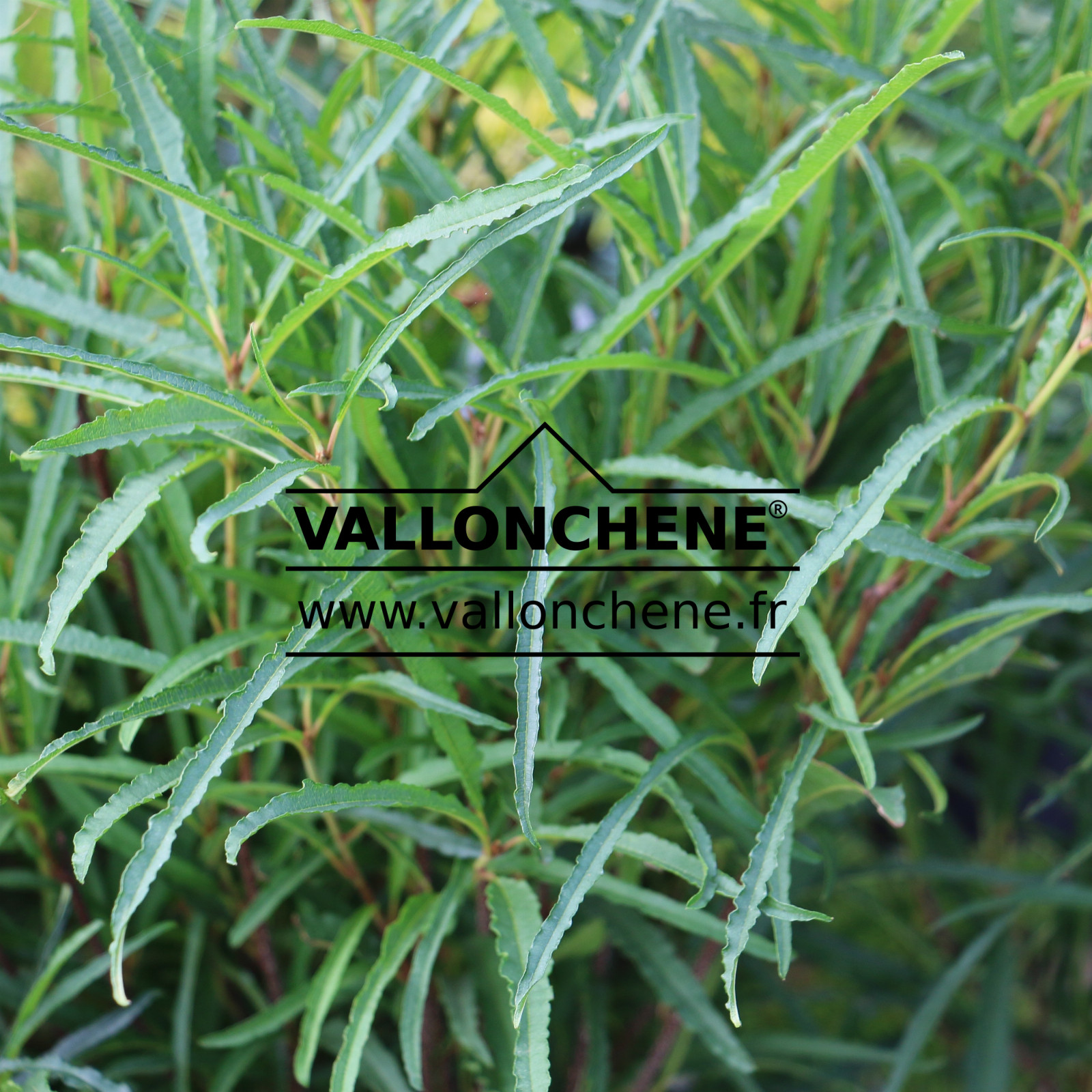
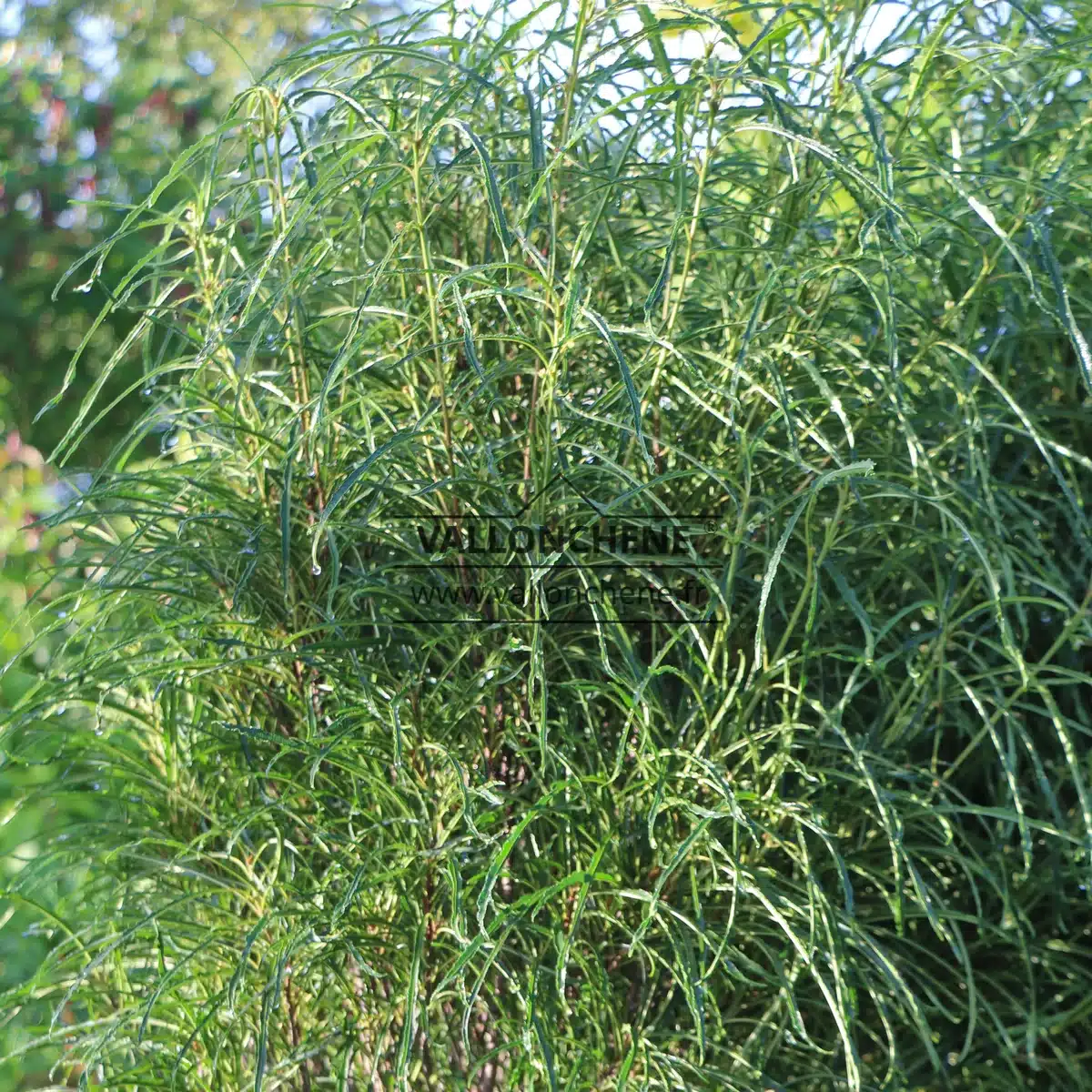
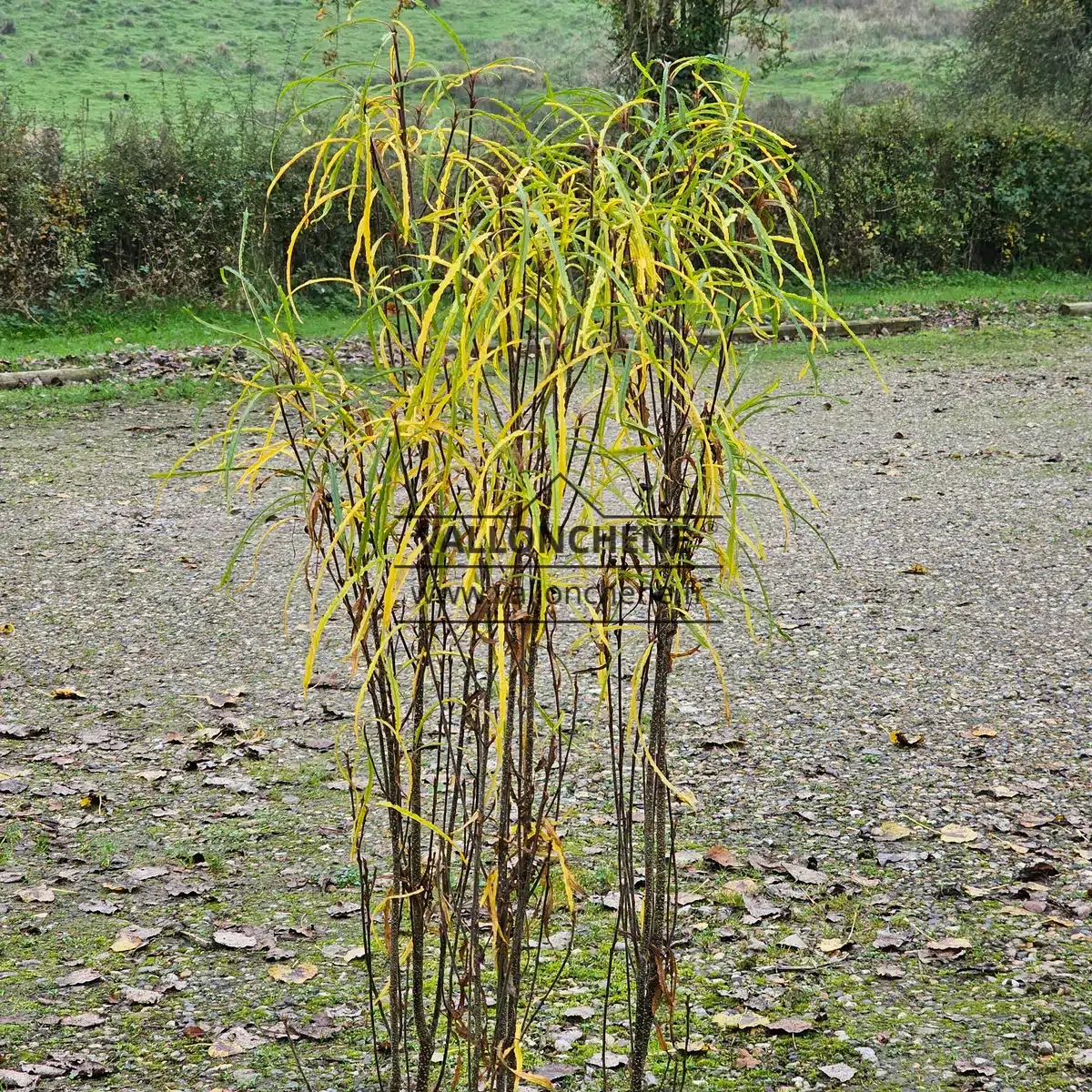
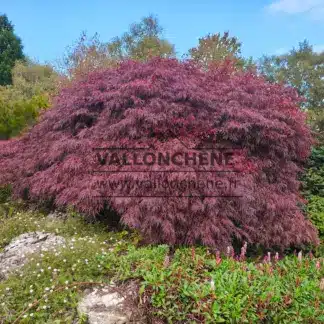
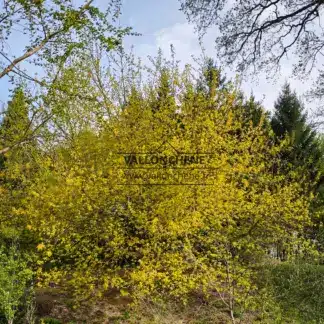
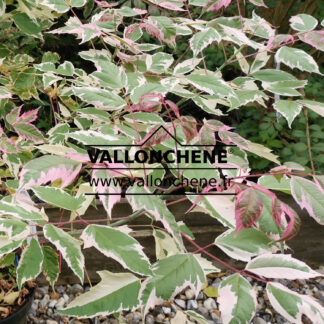

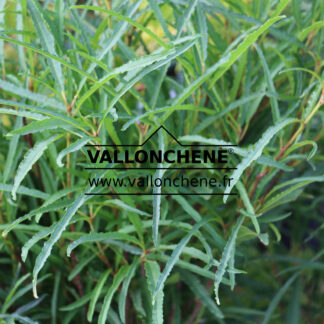
1 review for FRANGULA alnus ‘Fine Line’
There are no reviews yet.